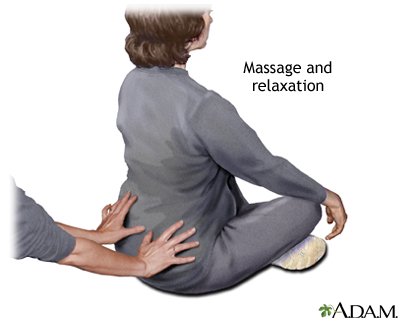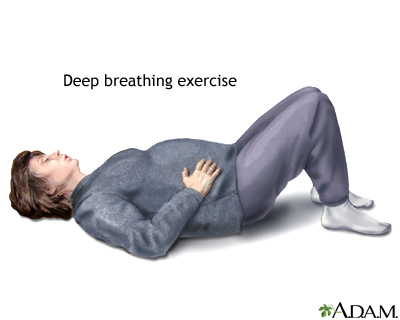

  |
In 1951, Dr. Fernand Lamaze introduced a method of childbirth in France by incorporating techniques he observed in Russia. This method, consisting of childbirth education classes, relaxation, breathing techniques, and continuous emotional support from the father and a specially trained nurse, became known as the Lamaze method.
Word of mouth spread in the United States during the late 1950s after Marjorie Karmel wrote of her childbirth experience titled, Thank You Dr. Lamaze. The book inspired many women to approach childbirth as a shared event for both mother and father, and as a natural part of life. In 1960, Marjorie Karmel and physical therapist Elizabeth Bing formed ASPO/Lamaze (now Lamaze International), a not-for-profit organization composed of parents, childbirth educators, health care providers and other health professionals, to spread the word about Lamaze and to set the standards for Lamaze childbirth educators.
Some Lamaze educators teach early pregnancy classes focusing on pregnancy and the growth and development of the baby. All Lamaze childbirth educators teach a series of classes for women and their partners during the last trimester of pregnancy, which prepares them for labor and birth. These classes focus on the normal process of labor and birth and strategies that women and their partners can use to enhance the progress of labor and to reduce pain and fear. Information about complications and medical options is also included so that parents can make informed decisions should they need to do so.
Lamaze International believes:
Women have always prepared for the birth of their babies. Until recent times, women learned about childbirth from their own mothers and sisters. Birth took place at home, and family rituals and traditions ensured that women were confident in their ability to give birth -- surrounded by family and wise women who provided comfort and encouragement through labor. Lamaze attempts to recreate this experience.
True Lamaze classes today focus on much more than just the "breathing." Most Lamaze teachers concentrate class time on normal labor, birth, and on the many choices that expectant parents have today regarding their childbirth experience. Pregnant women and their partners practice various positions, which will facilitate the normal progress of labor and birth. Partners and other support persons learn massage techniques to ease the pain of labor and enhance relaxation.

Comfort measures such as hydrotherapy, the use of heat and cold, and pressure are discussed. Much time is spent on relaxation skills, including breathing strategies and skills, which can be used throughout life in times of stress. Communications skills are practiced -- both for the pregnant woman with her partner or other support person, and for the pregnant woman with the other members of the health care team. Class members discuss what they would like for the childbirth experience and what they can do to help make that experience happen. Lamaze classes are a good place to meet other women who are far along in their pregnancies. Together, they can discuss common concerns and learn from each other. Some Lamaze classes also include tours of the birthing center of the health care facility.

Yes. Some time is spent on problems that occur during labor and birth and what the pregnant woman and her partner might need to know. Information is provided about anesthesia and medical procedures so that women can make informed choices about what is appropriate for their particular experience. Fear is reduced by learning what happens during labor and birth, and confidence is increased by learning skills which help the pregnant woman to manage the pain and stress of labor and birth. New innovations in maternity care are discussed, such as the benefits of a doula or professional labor support. Most classes also spend time on getting breastfeeding off to a good start, other aspects of the postpartum period, and making the most of shortened stays in the birthplace.